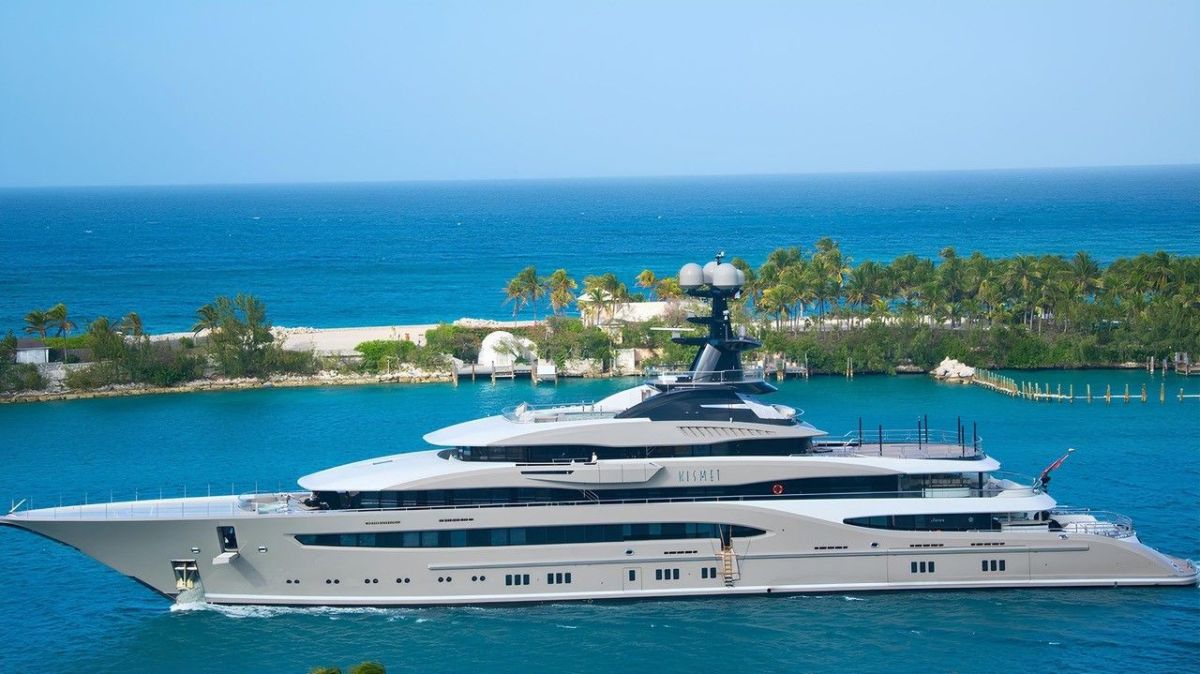Slowly unfurling after months of grey days and darkness, Europe’s cities are a joy to explore in spring. Temperatures are warmer, days are getting longer and green spaces are blossoming – setting a scenic stage for outdoor events.
But rather than stick to the usual suspects of Paris and Amsterdam, try exploring some of the continent’s lesser known urban hubs where crowds are fewer and prices are cheaper.
From royal birthplaces to incubators of underground art, these are the places to check out in the weeks ahead.
Lucca, Italy
Why? While cities like Florence and Pisa groan under the weight of over-tourism, this historical Tuscan hill town remains magical without the masses.
Decorated with a mixture of medieval, Roman and Renaissance architecture, this is one of the prettiest spots in northern Italy. Walk or cycle around the city walls, converted into a promenade, and browse small shops circling ancient Roman amphitheatre Piazza dell’Anfiteatro. The Puccini Museum focuses in the life of composer Giacomo Puccini, who was born here, and performances of his works often take place at the Teatro del Giglio.
Don’t miss: On May 20, the annual Giro d’Italia cycle race will pass through here. Earlier in the month (May 2-4), 16th century Villa Bottini will host artisans and designers from all over Italy, with street food, wellness and beauty workshops, as part of the Fashion In Flair event.
Gniezno, Poland
Why? Although the name won’t be familiar, this west-central city was seminal in the early formation of the Polish state. Bolesław the Brave, the nation’s first king, was crowned here 1,000 years ago in April.
One of Poland’s oldest towns is set on five hills and surrounded by lakes. Of all the sights, the city’s 14th-century Gothic cathedral is the most famous. Its intricately carved bronze Gniezno Doors tell the story of patron saint St. Adalbert. From April 25-27, celebrations for the Name Day of Gniezno will be held, with musical concerts and Wojciacho (seasonal pastries) sold in local bakeries.
Don’t miss: Lech Hill, a fabulous view point where Poland’s mythical founder Lech supposedly saw a white eagle and established his settlement.
Bucharest, Romania
Why? Romania’s capital blooms with colour and fresh scents during April’s magnolia season. Catch the tail end in May when the city’s fountains begin to gush.
Communist-era monuments stand alongside grand Belle Époque buildings in a destination that sums up Romania’s tumultuous past. Hang out in cafes and bars spread throughout the lively old town (also known as Lipscani), where prices are far cheaper than elsewhere in Europe. For peace and contemplation, head to the Byzantine Stavropoleos Monastery or the leafy Herastrau Park.
Don’t miss: Cărturești Carusel in the downtown area was once a bank headquarters but is now regarded as one of the world’s most beautiful bookstores with spiral staircases, marble colonnades and more than 10,000 books. There’s also an in-house café.
Hamburg, Germany
Why? A wide choice of parks, gardens and waterways make Germany’s greenest city a breath of fresh air in spring.
Known for its commitment to sustainability and green spaces, nearly 50% of the city is dedicated to parks and wooded areas for recreation. Hamburg’s newest landmark, the Bunker St. Pauli, transforms a former World War II Nazi bunker into an outdoor public garden, hotel, art gallery, and café. Hire a boat, canoe or kayak to explore Lake Alster, where stand-up-paddling is also possible.
Don’t miss: Glitter at the MK&G design museum is the first exhibition dedicated to the sparkly material that’s dazzled us for generations. Visit mkg-hamburg.de.
Nantes, France
Why? Between April and June, warehouses on the on the Île de Nantes host a series of live performances, dance shows and workshops as part of the annual Printemps des Nefs (Spring of the Warehouses) event. Many are free.
This former maritime hub on the Loire river is a centre for offbeat creative arts. The Machines de l’Île (also on Île de Nantes) brings the city’s industrial heritage to life with a collection of mechanical animals including the Great Elephant. Wander through the Passage Pommeraye, a Renaissance-style 19th-century shopping arcade, and visit the Musée Jules Verne to learn about the sci-fi novelist who was born here.
Don’t miss: Le Voyage à Nantes, a permanent collection of more than 120 artworks running for 22km along a painted green line from the heart of the city through vineyards and out to the ocean.


















